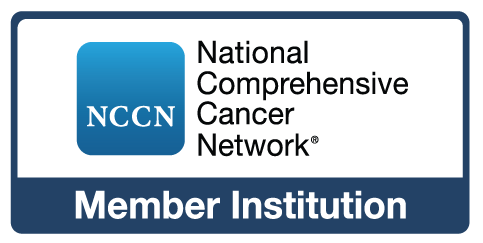Hundreds of cancer clinical trials available
IU Simon Comprehensive Cancer Center is currently home to hundreds of active clinical trials in need of participants.
Interested in enrolling? Talk to your oncologist to see if one of our trials is right for you. We’ll give you all the information you need to know about benefits and risks, and ask you to complete a thorough consent form prior to your therapy.
Many clinical trials led by our researchers are available across the nation through multi-site networks and consortiums.




